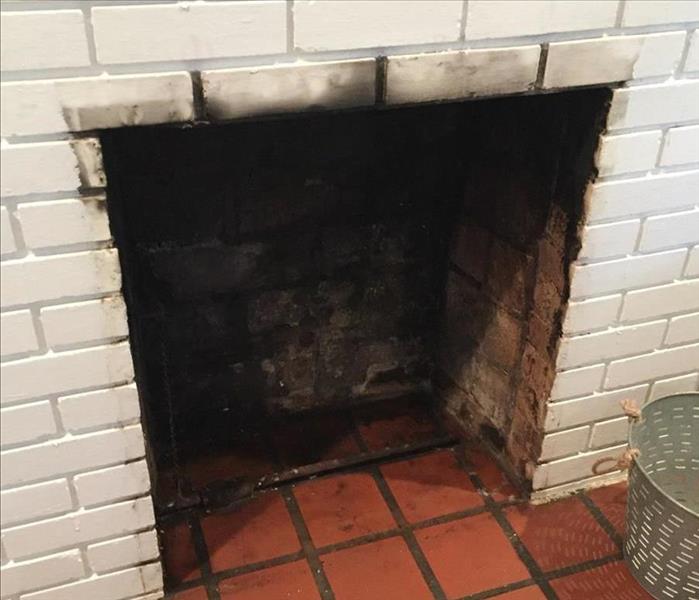Prevent Soot From Gas Logs
9/1/2021 (Permalink)
The change of season is coming and that means getting our fireplaces in shape. For some of us that means cleaning the lint and dust off our gas logs that have collected over the past months. This is a great idea as they may become much more dirty than we would expect. Not only can airborne debris from our animals, an open door or window or natural dust in the air land on our logs and build up but when the logs are burning it creates a natural draft because of the demand for oxygen and creates a magnet for these debris. They slowly clog the fresh air intake port making the flame week and yellow instead of blue eventually leading to the pilot not staying lit.
Knowing this, it is imperative to keep our units clean. A simple vacuuming will help alleviate this. The thing to remember is that with all gas log fireplaces the logs are designed to only go in one way. If you pull the logs out to clean you must replace in the same pattern. There is no one way in stacking these gas fireplace logs over a fireplace burner. The placement of the logs depends on the manufacturer who makes the burner and the model. As a general rule, you must follow the instructions provided in the manufacturer's manual. Usually, the manual provides a numbered illustration on how to stack the gas logs. There are some models that have holes on the logs, which matches on specific pins located on the burner.
When these logs are set properly the flames will just dance around the gas logs, yet never touch the logs themselves. Soot happens when there is an incomplete combustion of the gas. If the log set placement is improper, the flame could touch the logs, cooling the flame in the process, which results in an incomplete combustion of the fuel. Soot is light and becomes airborne easily being disbursed through the dwelling landing on even the farthest corners. This potentially leads to major claims as the cleaning can become quite expensive. There is no thorough cleaning of soot, it is simply prepping for paint and that ends up being thousands of dollars in claims.
If you suspect soot or have any questions please don’t hesitate to call. 910-250-0222. Our professionals can assist you in any of your sooting needs and get you back to “Like it never even happened."




 24/7 Emergency Service
24/7 Emergency Service
